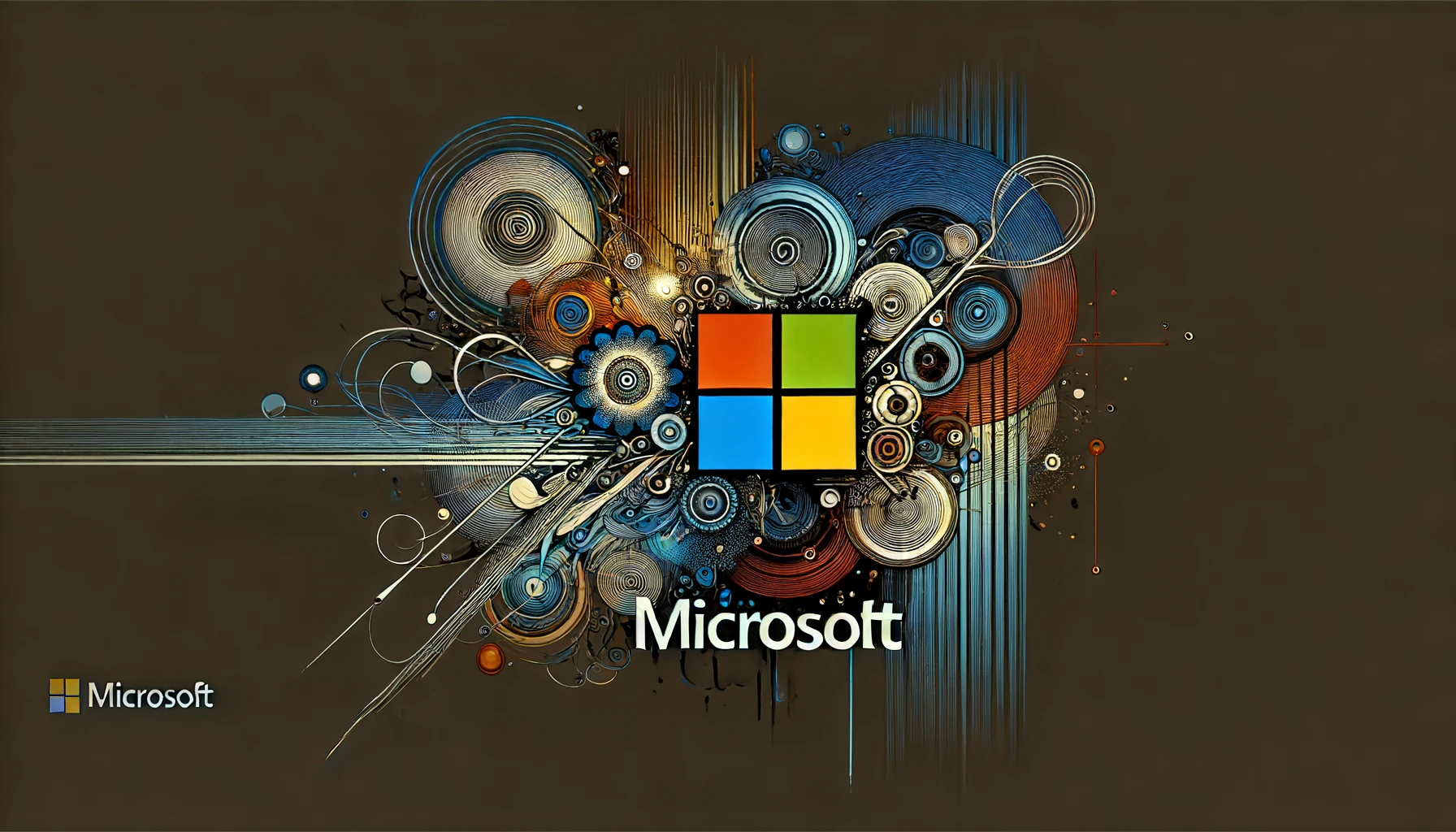This week, Apple entered the fray to create a recognizable AI icon, joining the likes of Google, OpenAI, Anthropic, and Meta. The company’s new emblem, representing its AI, is a circular shape with seven loops, reminiscent of a lopsided infinity symbol. Dubbed “New Siri,” this symbol signals Apple’s venture into an ongoing challenge: creating an icon that clearly communicates the essence of artificial intelligence.
The Challenge of Representing AI
Apple’s approach highlights a broader issue in the tech community: defining an AI icon that resonates with users. The concept of AI, though pervasive in technology, remains abstract. Users need a clear visual cue to distinguish AI functions from regular features like searching or submitting queries. This has led to varied interpretations, from Apple’s circular design to OpenAI’s stark black dot and Microsoft’s enigmatic Copilot logo.
Historically, AI icons were whimsical, featuring robots, wizard hats, or magic wands. However, these symbols often conveyed unintended messages. Robots implied rigidity and lack of personalization, while magic wands suggested irrationality and mystery. Modern AI icons aim to be non-threatening, abstract, and simple, avoiding anthropomorphic designs.

The Current Landscape of AI Icons
Corporate design teams strive to balance vision, commercial needs, and committee feedback. This is evident in the diverse AI logos currently in use:
- OpenAI: A minimalist black dot, akin to a wishing well or cave.
- Microsoft: The Copilot logo, noted for its complexity.
- Apple: The new circular AI icon, used alongside Siri’s glowing edges.
- Google: A colorful, symmetrical star.
- Meta: Animated, life-like shapes that draw user attention.
Most of these icons share a common theme: they use soft, pastel colors and abstract, continuous shapes to evoke friendliness and openness. This design language contrasts with the strong, decisive imagery one might expect from technology aimed at providing reliable, factual answers.
Why the Perfect AI Icon Remains Elusive
From my point of view, the difficulty in creating a universally recognized AI icon lies in the very nature of AI itself. Unlike straightforward concepts like email or settings, AI encompasses a broad range of functions and possibilities. This ambiguity makes it challenging to distill AI into a single, easily recognizable image.
Moreover, companies are cautious about setting concrete expectations for AI capabilities. A definitive AI icon could imply limitations or specific uses, contradicting the marketing narrative that AI can eventually do anything. This reluctance contributes to the abstract, non-specific designs we see today.
The Future of AI Icons
As AI continues to evolve, so too will its visual representations. Companies will likely refine their designs, striving for icons that better communicate AI’s potential without misrepresenting its current capabilities. Until AI’s role is more clearly defined, we can expect its icons to remain fluid and abstract.
In conclusion, Apple’s new AI icon is a step in a broader journey. The search for the perfect AI emblem reflects ongoing efforts to demystify AI and make it accessible to users. As I see it, these efforts will continue to shape our interaction with AI technologies, influencing how we perceive and engage with artificial intelligence in our daily lives.






